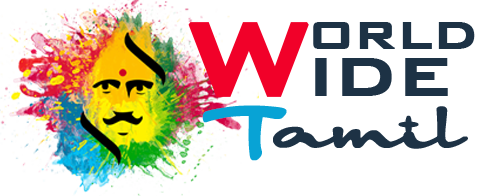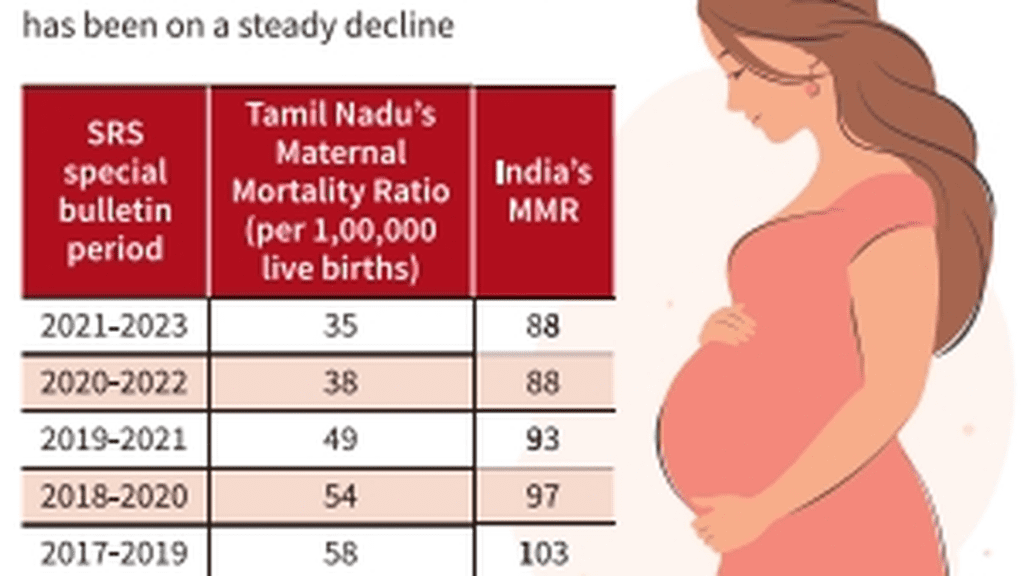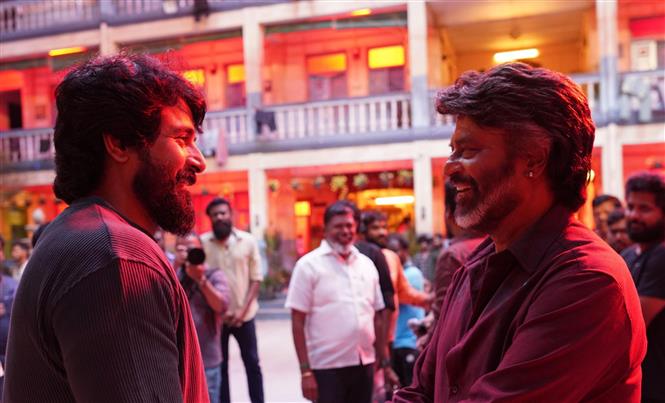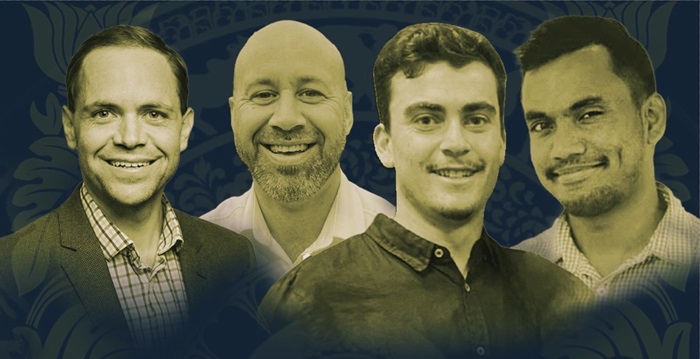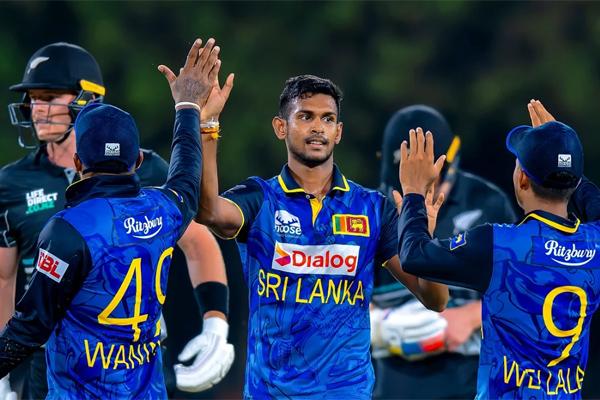From learning to leading: The compelling transition from player to coach
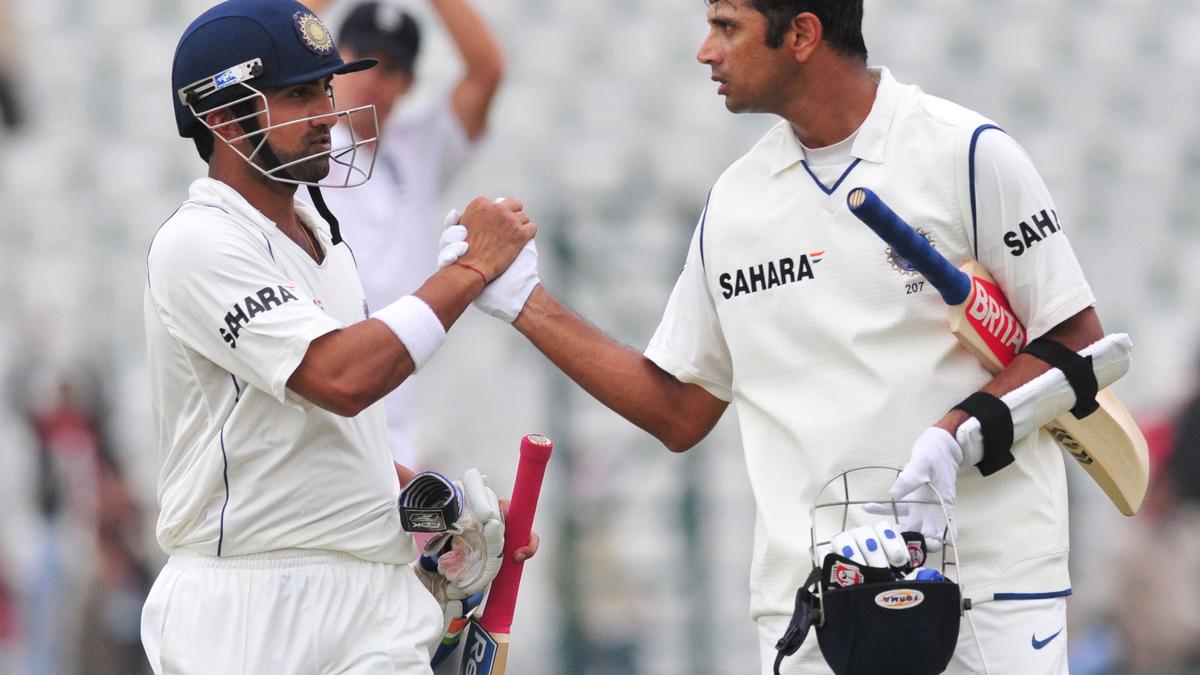
From learning to leading: The compelling transition from player to coach
Coaches who can outline plays on a blackboard are a dime a dozen. The ones who win get inside their players and motivate – Vince Lombardi
Of the many soon-to-retire elite athletes worldwide, not everyone chooses to coach. And of those who do, not all will pursue it as a lifelong journey or become successful — let alone great — coaches. In the Indian context, a few examples include Rahul Dravid, Ravi Shastri, V. V. S. Laxman, Gautam Gambhir, Baskaran, P. T. Usha, P. Gopichand and Jaspal Rana, who have embarked on the difficult journey of coaching to train future players. Some continue to play and coach simultaneously — a rarity that reflects the player’s commitment and the management’s trust.
Some elite athletes and performers go into coaching to give back to their sport and to be a part of player development. Others do so because they have no other skills beyond knowing how to play their sport, or they have something else planned post-retirement. There are others who take it up because their sporting dream was cut short by deselection, a career-ending injury, or even politics.
The truth of the matter is that coaching positions are not open to all; selected individuals are recruited. Retired elites are headhunted to share their experience and wisdom, and to attract and inspire the next generation of players. There is often an inclination for their first job to be either with the first team they played for or the last one. Anything that serves the teams well, as long as their culture is maintained.
People become coaches for many different reasons and in many different ways. But do those reasons also explain why they continue with it? Take cricket as an example, with pace bowling as a specific and specialised case. Not everyone is Dennis Lillee — the player who brought sports science to cricket way back in the early 1970s, far ahead of his time, and to a large extent, still is. His adaptation from playing to coaching, supported by a multi-level knowledge base from theory to practice, is a life lesson in itself. He established a cult-like coaching system for fast bowlers in India, which transformed the entire narrative around producing tearaway pace bowlers in the country.
I know a few coaches who, though armed with a thorough knowledge base in theory and research, have not been able to make the cut into the system due to various reasons. The transition may not be smooth, despite their well-developed knowledge. There are quite a few coaches who were recruited to coach the national team, and despite doing their due diligence before accepting the job, ended up saying adios to coaching — and the sport altogether — within a year.
Others have quit coaching entirely because their wisdom did not translate into the desired results, or they were unable to comprehend or support someone else’s dream. They may have been victims of circumstance, leading to an abrupt end to their careers — something that can continue to rankle in their minds and hinder their coaching philosophy.
Some cases are even more confusing — such as athletes who begin coaching immediately after retirement but soon decide to return to playing, and then retire again only to return to coaching, repeating the cycle on and on. This yo-yo effect can be frustrating, painful, and exhausting for any player-turned-coach.
I know of an early-career coach who screamed at his U19 players, telling them they were “ruining his reputation” after a below-par performance in a match. What reputation could the coach have when he had only been coaching for a few months? Some retired elite athletes-turned-coaches struggle to work with athletes who are not like them — who do not share the same dreams, commitment, determination, or even physiology. This represents a significant gap to be addressed.
The job insecurity and low financial compensation when entering coaching at the youth and developmental levels, especially after an elite athletic career, can be financially and emotionally challenging for coaches. Many don’t fully understand their mindset — whether they see themselves as good enough in their new role as a coach, after having been among the best as an athlete.
The knowledge we have about the athlete-to-coach transition is somewhat skewed, as it largely comes from a few countries and a few professional, high-performance sports. For instance, we also don’t know much about the transition for the many non-elite athletes who get invited or volunteer to coach. A good coach does not necessarily have to have been a good player, and vice versa. There are few exceptions in the world who have been world-beaters both as players and as coaches — many of them found in football, athletics, hockey, cricket, badminton, and so on.
Recent research on elite athletes transitioning into coaching reveals how challenging it is to go from being the flower — with all attention focused on them — to becoming the gardener who cares for others. Research has shown that to move from Me to We, one must let go of the elite identity, ego, and mindset — something that is neither an overnight transformation nor an effortless shift.
Apart from their identities, retired elite athletes-turned-coaches often carry with them the methods of their former coaches, sometimes even perpetuating the same abuse they experienced as athletes. Even for those with formal coach education, the shift in identity, mindset, and practice from their playing days remains a significant challenge.
The transition from athlete to coach entails exiting the known, accepting the unknown and uncertain, and ultimately developing a new system tailored to the team’s culture and needs. In this process, coach education, development, and support can serve as a starting point. Having the right support staff is also key to a coach’s success. Else, it can lead to injuries and misleading narratives about the team, often aimed at safeguarding contracts.
Many coaches are unaware of the pitfalls that an incompetent physio or strength and conditioning (S&C) coach can create. I have seen, many times, players getting injured at crucial moments and being short charged due to the support staff’s lack of knowledge.
In some cases, support staff are brought in based on player recommendations, which can seriously damage the team’s entire ecosystem. Coaches must be vigilant when selecting the right professionals, doing their due diligence on each member of the support staff.
To avoid the above-mentioned issues, coaches need to educate themselves in the process — identifying the weak links in the team and hiring a robust team to pursue world titles. New toolboxes must be created to suit each coach’s philosophy and approach — which is a no-brainer.

